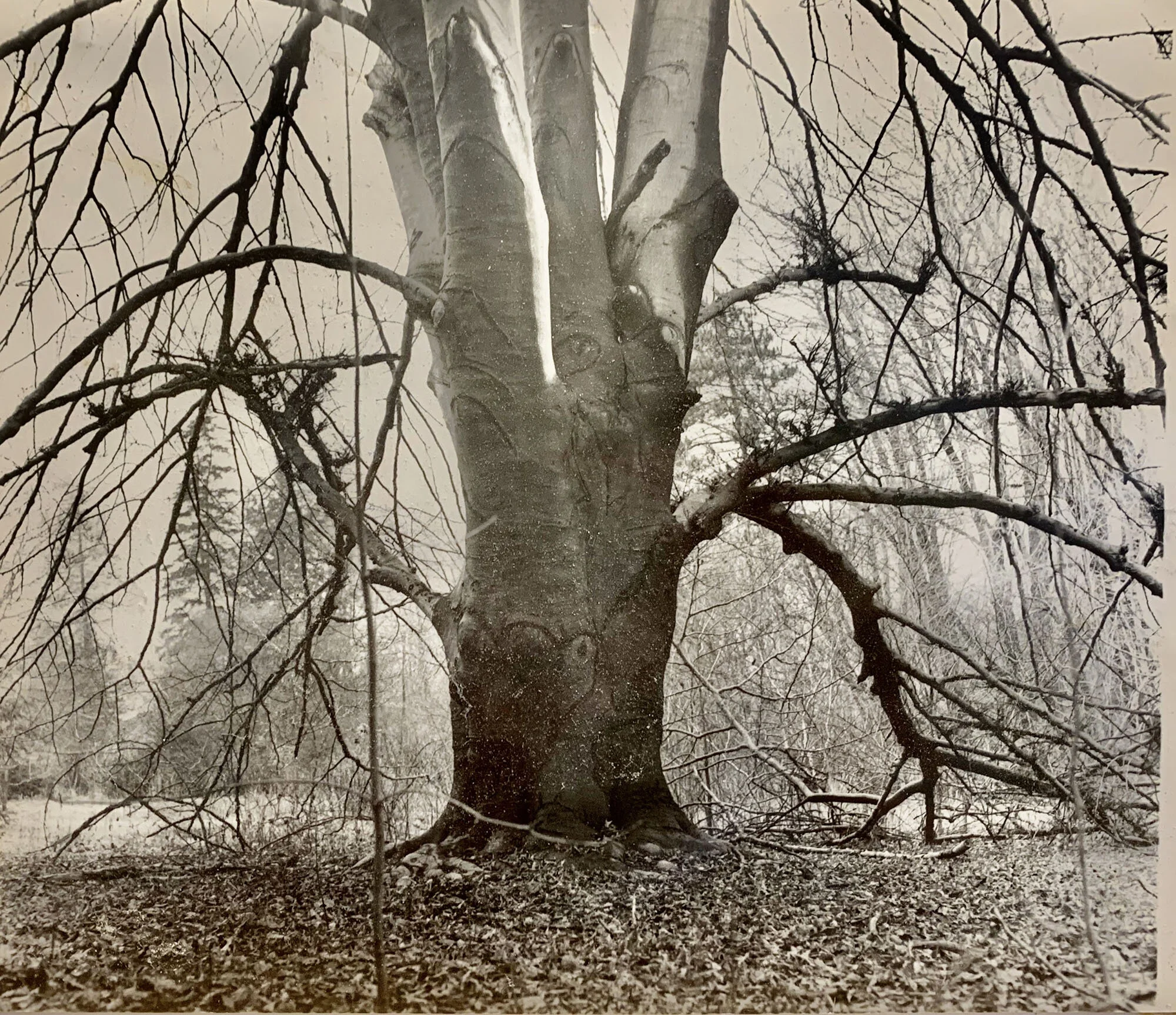Are there poisons present that we don’t know about?
We know where we are. In Swarthmore.
In her article about Kyle McCarthy’s book, “Everyone Knows How Much I Love You” (Swarthmorean, 2/26), editor Rachel Pastan quotes from the novel: “... everywhere we went [in Swarthmore], we knew where we were.” In addition to the psychology of the family of one’s origin and the nature of one’s tribal culture, the geography, landmarks, and memorialized events of one’s childhood are influential. I look forward to recommending Kyle McCarthy’s book to my children, who grew up here.
Synagogue memories
When I read your report about the conservative Wallingford synagogue Ohev Shalom (December 18 edition), I was reminded of many stories.
Violence is natural. It is generated by the genetic agenda to survive and multiply inherent in all living forms. Aggressive conflict in human beings, however, is often motivated by a shame/pride dynamic. Americans have been taught to attack anyone who humiliates us. In any case, be it for the material necessary to survive and multiply, or for revenge after loss of pride, these conflicts are triggered by scarcity.
Living green cathedral near Morgan Circle
Swarthmore’s Favorite Tree candidates failed to include the weeping fernleaf beech on Harvard Avenue at the entrance to Morgan Circle. This is one of two remaining such specimens from the four once locally extant. (The other is on Columbia Avenue near Cresson.)
Small symptoms of climate change
At Trader Joe’s in Media three weeks ago, I could find no California dried apricots, only Turkish. “Wildfire in California,” I thought.
Swarthmore may seem insular in its boundaries and insulated by its grand tree cover, but within our borders, diversity reigns. Nothing indicates this more to the casual visitor than the fact that almost no two houses in Swarthmore are alike. This suggests that no two people in Swarthmore are alike. Almost all Swarthmore people and their houses are, if not “grand,” still alive and well, and diverse.
With good reason and understandable indignation, Rob Dreyfus reminds us that 20-plus Democratic candidates only “tinker” with our problems (Swarthmorean, July 12). With understandable indignation and some reasoning, Jim Riviello tells us that career politicians are con men and snake oil salesmen (Swarthmorean, June 21). Joshua Kalla and Ethan Porter tell us that highly detailed public opinion surveys suggest that “An overwhelming majority of legislators [are] uninterested in learning about their constituents’ views” (New York Times, July 12).
With his support for President Trump, reader Jim Riviello clearly presents an example of the ideological polarity that is dividing us. Describing all career politicians as con men and snake oil salesmen is a cry for protection in a world seen as dangerous and competitive.
Ken Deron blames our willfully shortsighted myopia and our attack on Mother Nature for the threat it presents to our survival as a species. [Swarthmorean, May 10]…
You were very patient in the museum this morning. Here is the best way to learn to love art.





